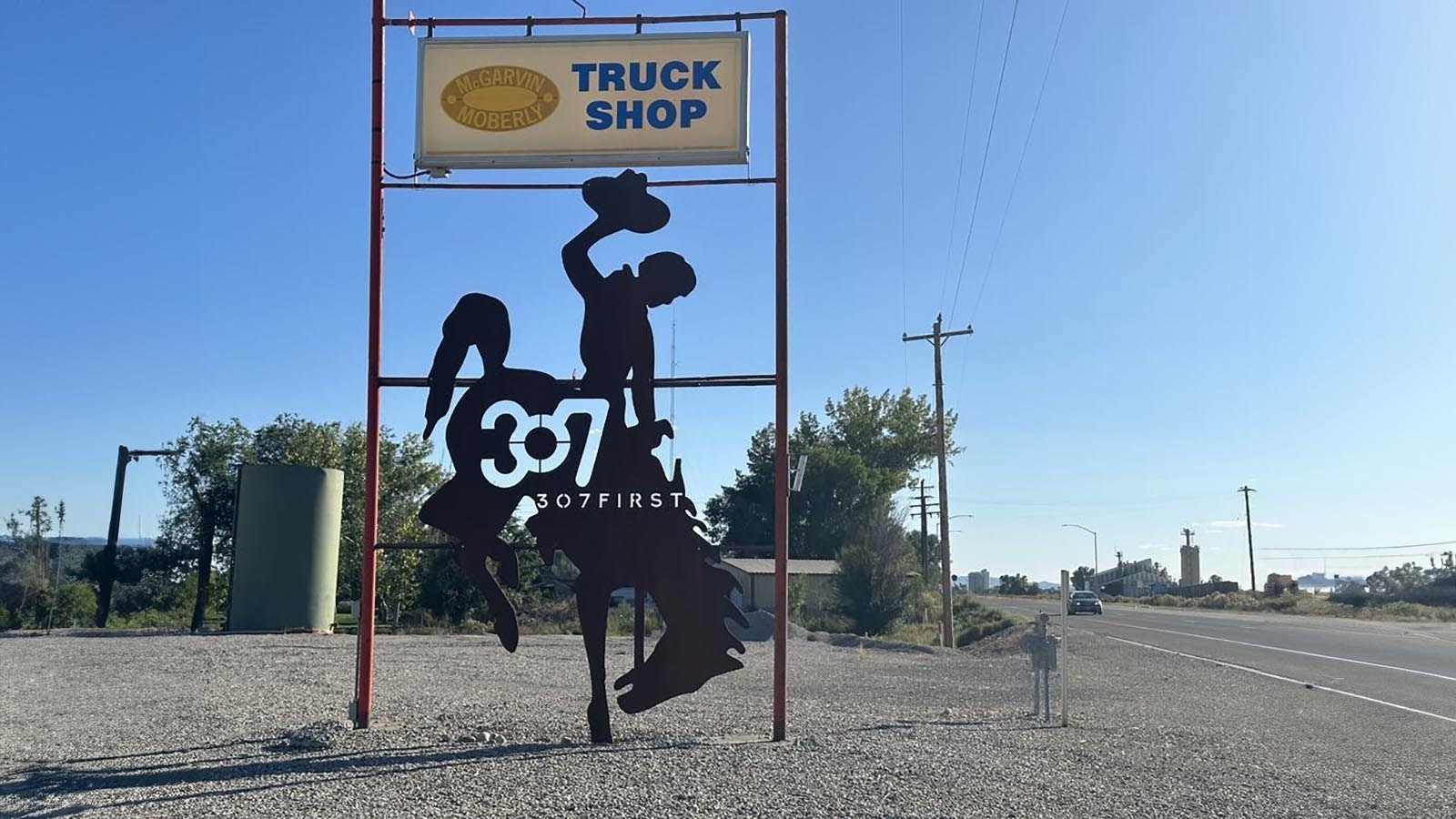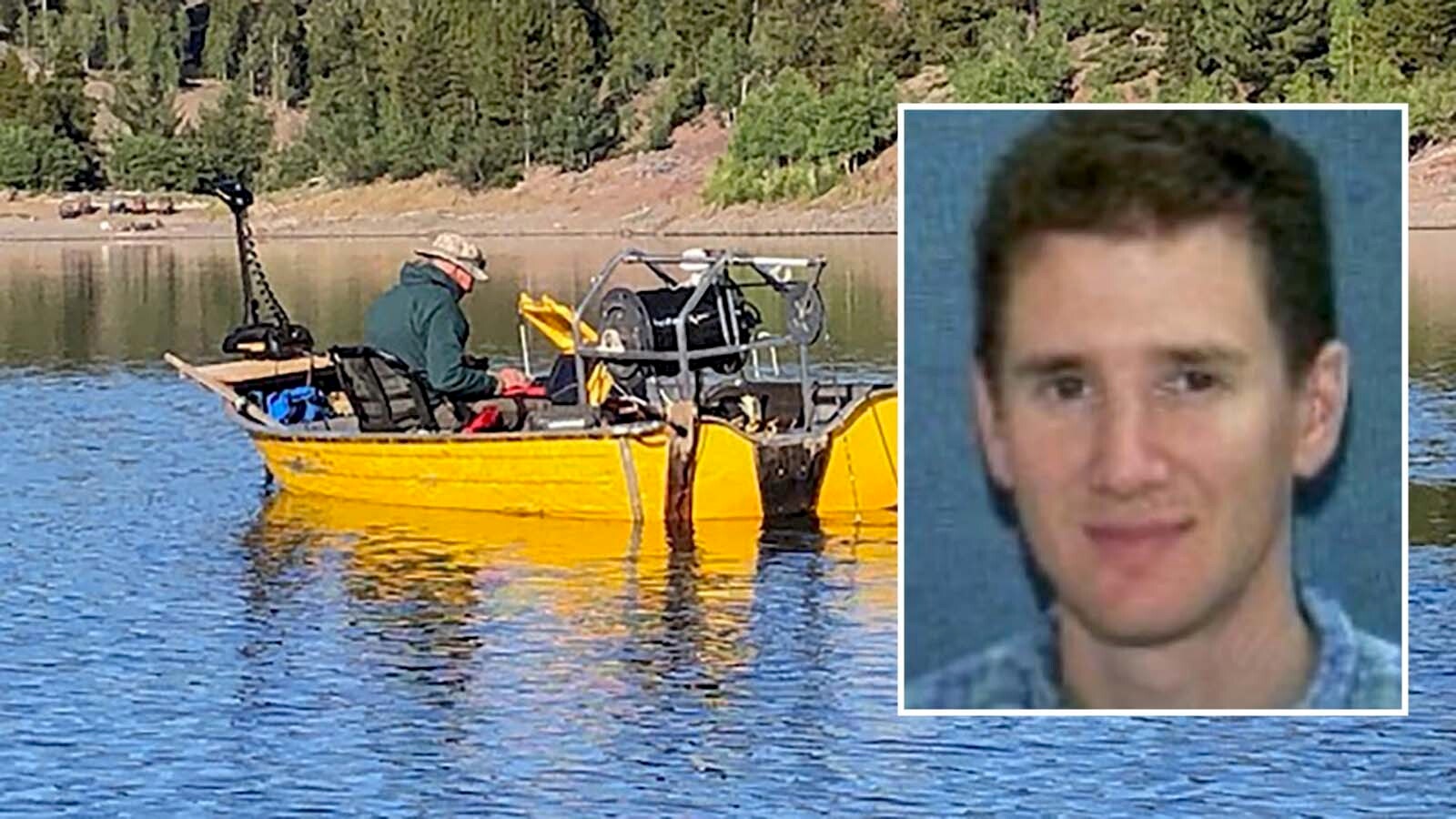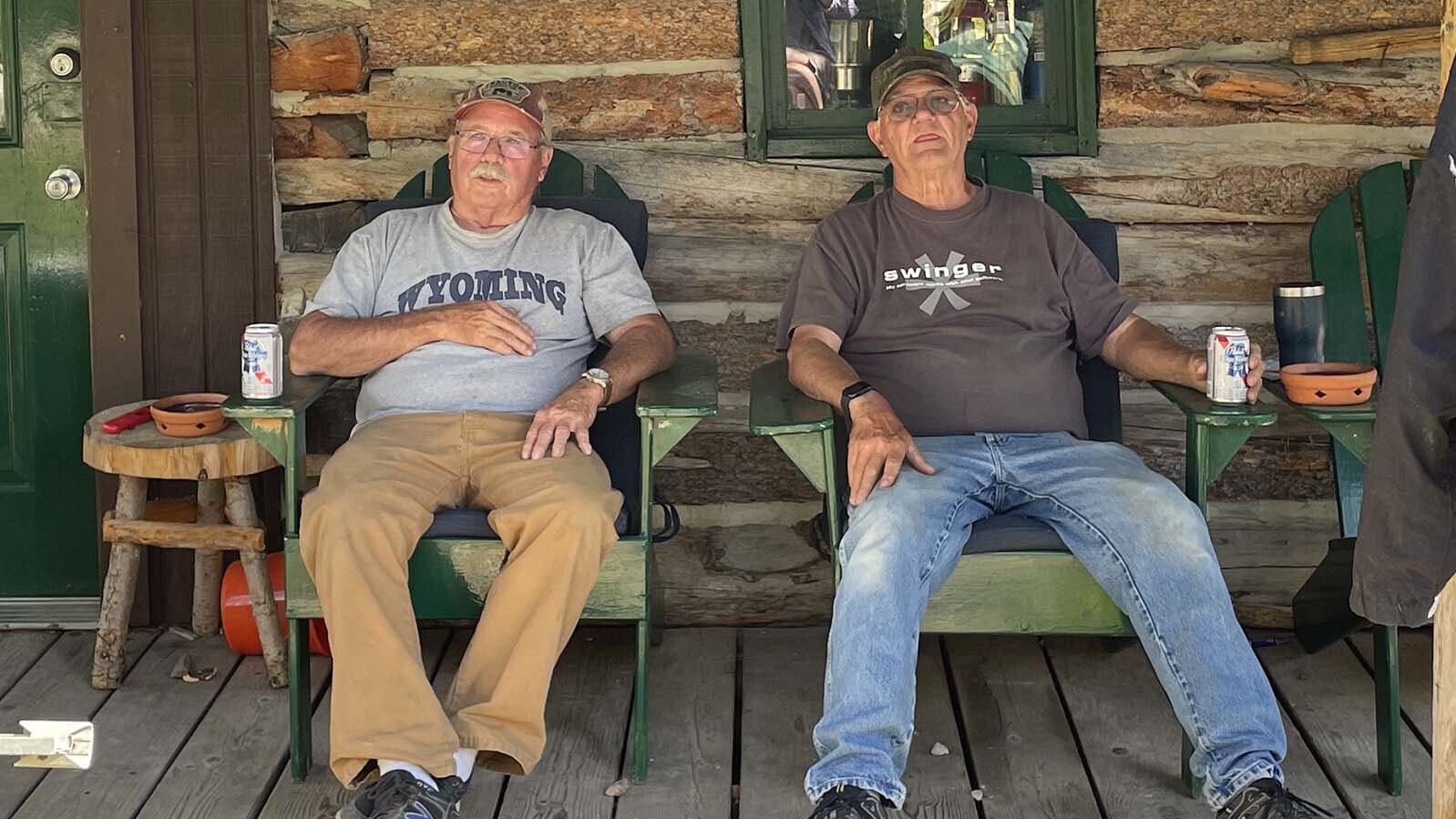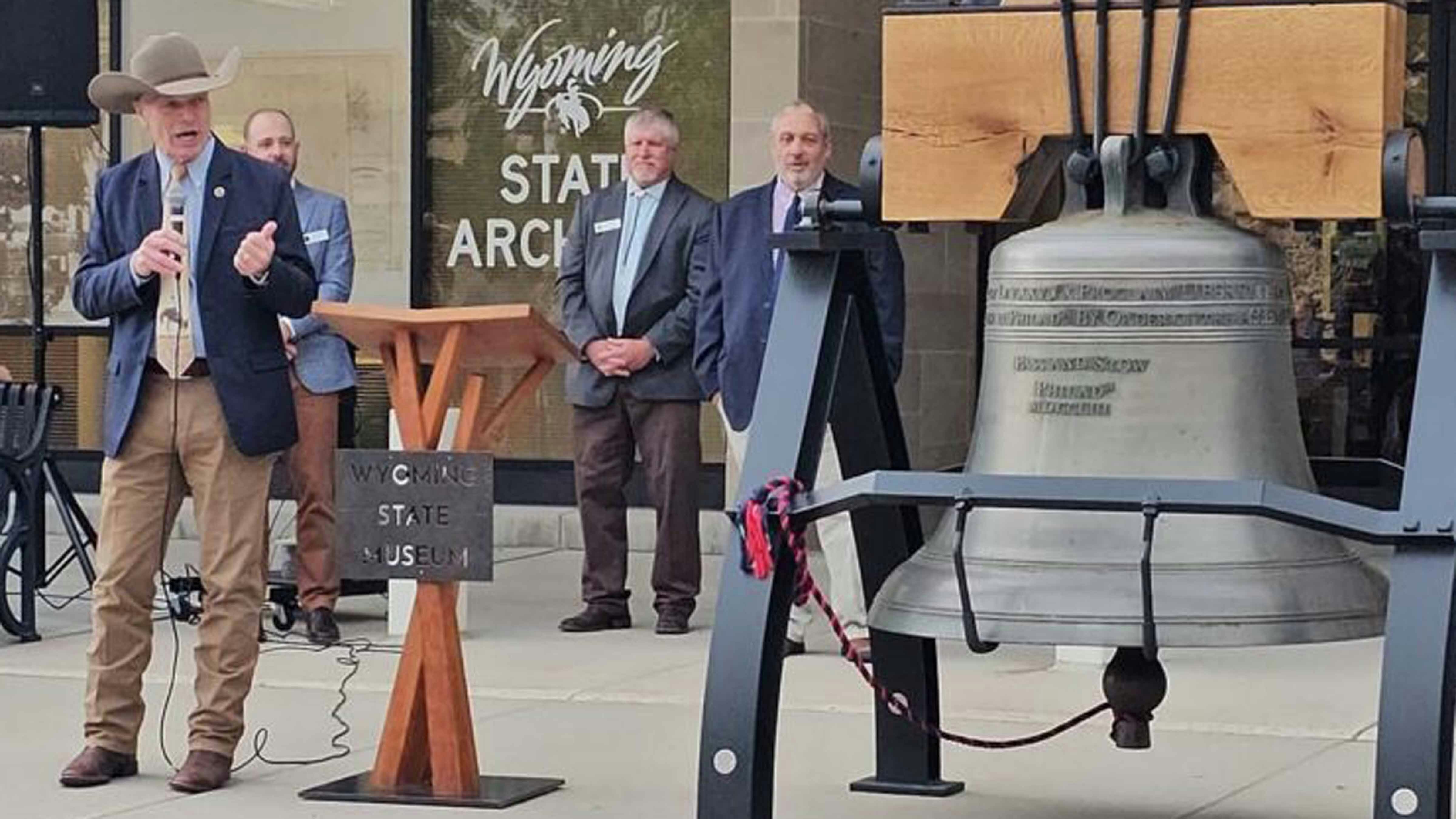Editor’s Note: Cowboy State Daily features writer Wendy Corr is traveling across the country as a musician with Cody-based Dan Miller’s Cowboy Music Revue. Wendy will report regularly from the road about people and places within reach of the Cowboy State.
In the mid-1800s, thousands of pioneers sought their fortunes in the western United States. To get there, they used trails blazed by brave (and at times crazy) men and women who discovered paths across the Wyoming mountains.
Wyoming can lay claim to at least 13 notable historical pioneer trails, including the Oregon and Mormon trails, the Pony Express route, the Bozeman and Cherokee trails, the California trail, the Old Emigrant trail and more.
It was Robert Stuart’s discovery of South Pass in October 1812 that provided a solution to the predicament that eluded Lewis and Clark in the previous decade – a practical overland route to the Pacific Ocean that would allow for expansion of the great American experiment.
But east-west trade would require north-south connections as well.
The Santa Fe trail, another famous route across the continent, is connected to Wyoming via trapping trails that led north from the Santa Fe trail, supplying Pacific Northwest with goods only found farther south.

The Santa Fe Trail
Standing on the corner of main street in Raton, New Mexico, the harsh landscape and period buildings almost fade into a vision of a previous era, in which the harsh southwestern sun beat down onto dirt streets, where horses were hitched to rail posts and saloons called to thirsty cowboys fresh from the cattle trail.
Raton (pronounced RAT-tone by the locals) was an important stop on the Santa Fe Trail. The trail started in Franklin, Missouri, and ended in Santa Fe. It ran just south of the Raton Pass, which had been used for centuries by Spanish explorers and Native Americans to cut through the Rocky Mountains.
Lawmen Of The Santa Fe Trail
The latter half of the 1800s was the stuff of legends in the Old West, many of which frequented the Santa Fe Trail. From Dodge City, Kansas, to Cheyenne, famous lawmen such as Wyatt Earp, John Henry “Doc” Holliday and James Butler “Wild Bill” Hickok roamed the dusty plains, dispensing justice that often times began and ended with a Colt revolver.
Bat Masterson, a U.S. Army scout, lawman, professional gambler and journalist, became famous as a gunfighter and sheriff in Dodge City, Kansas, earning his reputation after a number of notable shootouts with dangerous outlaws.
Prior to his stint as a lawman in Dodge City, Masterson spent a significant period of time gambling in Cheyenne – but his winning streak ended after about five weeks, sending him on to western Kansas.
He later was appointed marshal of Trinidad, Colorado, a coal-mining town in the southeastern part of the state near the Santa Fe Trail.
Trinidad also hosted famous lawman Wyatt Earp in 1882, shortly after the famous shootout at the O.K. Corral in Tombstone, Arizona. Earp and Masterson were old friends, as many of the lawmen at the time were connected.
Earp’s experiences in Wyoming began in 1868 at the age of 20, when Wyatt and his older brother Virgil followed the rail lines across the state. He later met up with Masterson in Trinidad, where the pair worked together on behalf of their mutual friend, “Doc” Holliday, who had gotten himself in a spot of trouble in Arizona.


Walking The Line
Like Holliday, who was famous for his friendship with the Earp brothers and their involvement in the shootout at the O.K. Corral in Tombstone, many famous lawmen walked the line between the law and lawlessness on the Santa Fe Trail.
Hickok was a well-known gunfighter, gambler and lawman. He spent a significant amount of time in Cheyenne in 1874, serving as a scout for a hunting party. He also made his mark on the Santa Fe Trail, driving a stagecoach out of Kansas when he was just 18 years old.
“Wild Bill” also was closely associated with the world-famous Col. William F. “Buffalo Bill” Cody, performing in his Wild West Show in 1873. Cody not only claimed Wyoming as his home, but famously traveled the Santa Fe Trail during the Civil War serving the Union as ranger, dispatch bearer and scout.
The St. James hotel in Cimarron, New Mexico, claims that Cody was a guest there in the late 1800s.
End Of The Trail
When the Atchison, Topeka and Santa Fe Railway established a rail line through the region in 1879, the Santa Fe trail was no longer necessary and towns that had sprung up along it settled into the dust from which they had been formed.
But the legends that made their way on the trail will live on as Old West history and legend.





